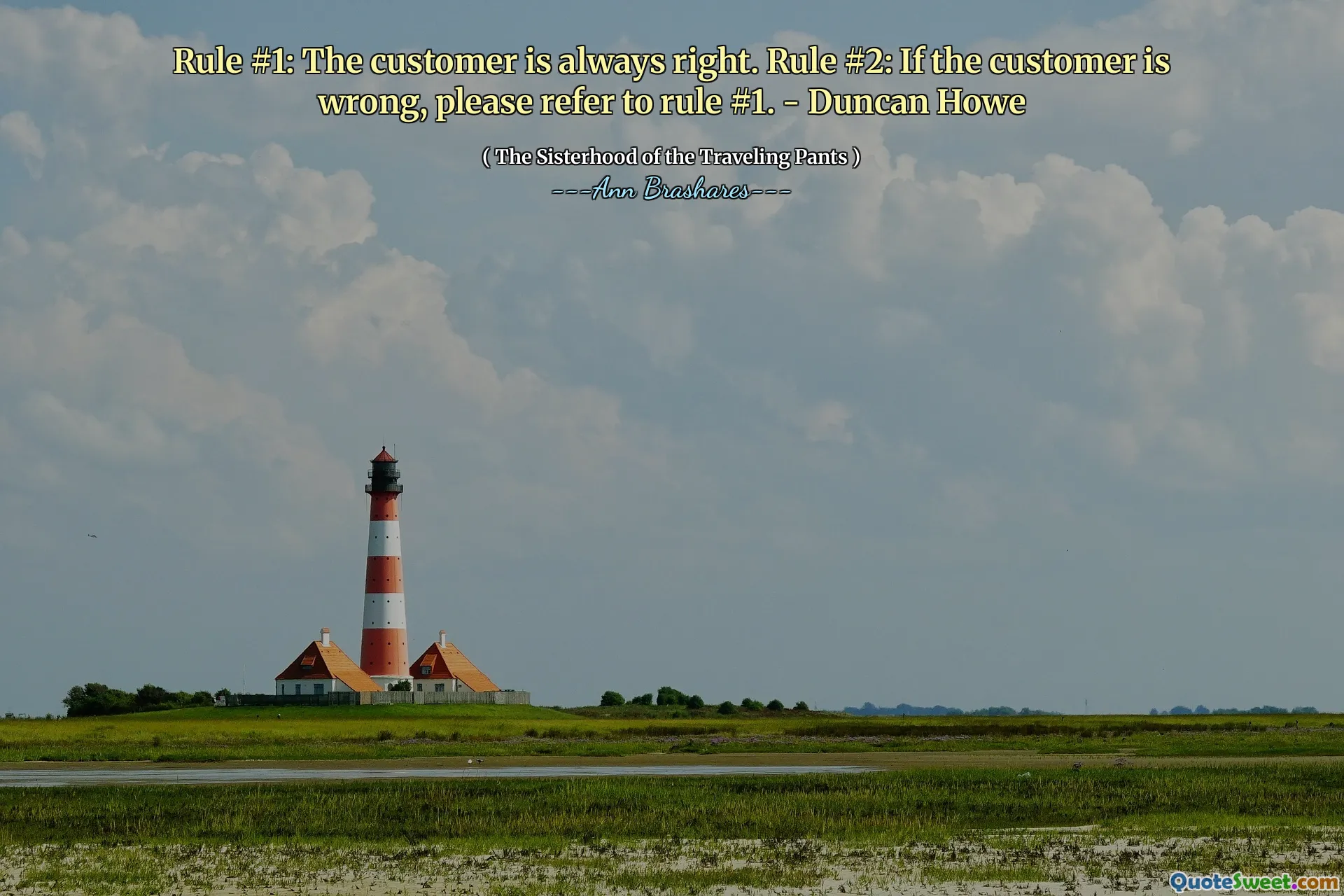
Rule #1: The customer is always right. Rule #2: If the customer is wrong, please refer to rule #1. - Duncan Howe
The adage "The customer is always right" has long been a cornerstone of customer service philosophy. It underscores the importance of prioritizing customer satisfaction and striving to meet their expectations, fostering loyalty and positive word-of-mouth. However, real-world scenarios often reveal the nuances behind this seemingly straightforward rule. Customers can sometimes be mistaken, demanding, or unreasonable, challenging service providers to balance patience with professionalism.
In practice, this rule encourages employees to listen attentively, validate customer concerns, and aim for amicable resolutions rather than confrontations. It fosters an environment where the customer's voice is valued, which can lead to better service experiences and repeat business. Nonetheless, blindly adherence may sometimes result in employees accommodating irrational demands or tolerating misconduct, which can be detrimental to morale or operational efficiency.
The humorous addition in the quote, "If the customer is wrong, please refer to rule #1," highlights the often paradoxical nature of this principle. It suggests a somewhat playful yet pointed reminder that, despite the idealism, there are limits and a need for discretion. Service professionals must discern when to uphold the customer's perspective and when to assert organizational policies or standards.
Ultimately, this quote touches on the delicate balance required in customer relations: valuing the customer while maintaining dignity, fairness, and integrity in interactions. Businesses that effectively interpret and adapt this rule can cultivate a reputation for attentive, respectful service, encouraging customer loyalty. It also reminds us that behind every transactional exchange are human beings with needs, perceptions, and emotions—necessitating empathy and tact.
In reflective terms, adopting this mindset, with thoughtful boundaries, can lead to better conflict resolution and a more positive working environment. It encourages service providers to see clients as partners rather than adversaries—creating a symbiotic relationship where mutual respect fosters mutual benefits.






